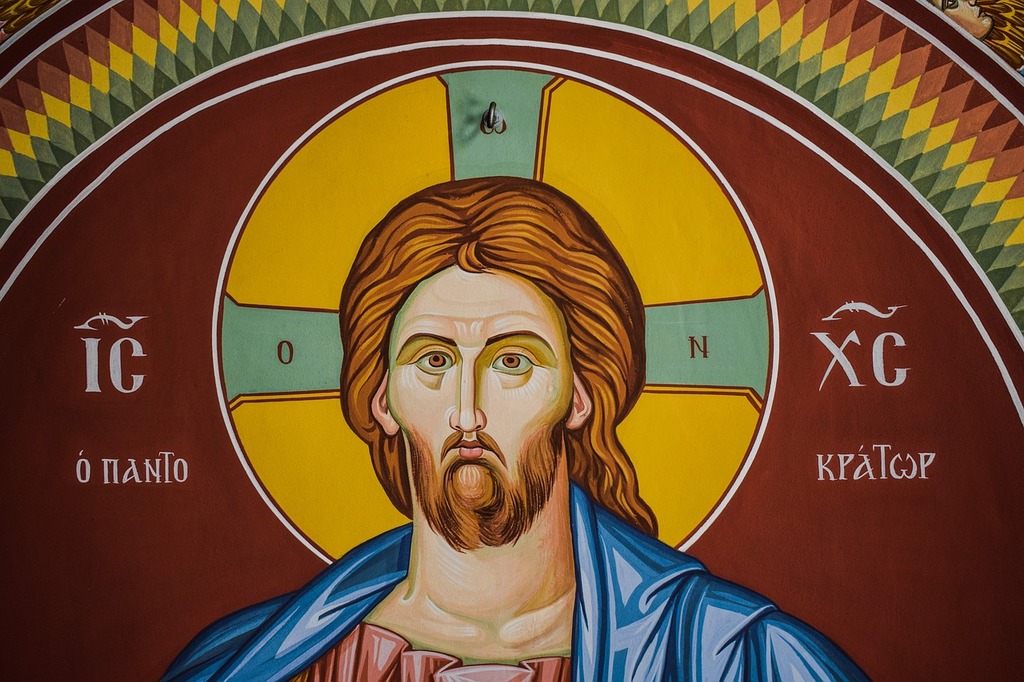
In Catholic theology, Jesus Christ is called the New Adam because He reverses the disobedience of the first Adam, restoring humanity to grace through His perfect obedience and sacrificial death, fulfilling God’s plan of redemption.
In Catholic theology, Christ is named the New Adam because He undoes the damage caused by the first Adam’s sin in Eden. Where Adam’s disobedience introduced sin and death to all humanity, Christ’s perfect obedience restores grace and offers eternal life. This title reflects His role as the head of a redeemed humanity, reversing the Fall’s effects (CCC 411).
St. Paul explicitly connects Christ to Adam in Romans 5:12-19, explaining that sin entered through one man (Adam), but justification comes through another (Christ). In 1 Corinthians 15:45, he calls Christ “the last Adam,” a life-giving spirit, contrasting Him with the first Adam’s legacy of death. These passages underscore Christ’s redemptive mission as a new beginning for mankind.
The Fall of Adam introduced original sin, breaking humanity’s bond with God and necessitating a savior. Christ, as the New Adam, restores this relationship through His obedience and death on the cross, fulfilling the protoevangelium in Genesis 3:15 about a redeemer. This connection highlights the symmetry between the first sin and Christ’s saving act (CCC 410).
Adam’s disobedience in eating the forbidden fruit defied God’s command, leading to humanity’s fall from grace. In contrast, Christ’s obedience, especially His submission to the cross (Philippians 2:8), perfectly aligns with God’s will, undoing Adam’s failure. This obedience makes Him the New Adam, restoring what was lost through selfless love (CCC 615).
Mary is called the New Eve because her obedient “yes” to God at the Annunciation (Luke 1:38) complements Christ’s role as the New Adam. While Eve’s choice led to the Fall, Mary’s acceptance enabled Christ’s incarnation, facilitating humanity’s redemption. Together, they form a parallel to Adam and Eve, but with a restorative outcome (CCC 494).
St. Augustine taught that Christ’s grace overcomes the sin introduced by Adam, as detailed in works like City of God. He saw Christ’s sacrificial death as the antidote to the Fall, restoring humanity’s relationship with God. This perspective deeply influenced Catholic theology on redemption (CCC 389).
As the New Adam, Christ’s obedience and sacrifice on the cross make salvation possible by atoning for original sin and personal sins. His act justifies humanity, offering grace to all who accept it through faith and baptism. This title reveals Him as the source of eternal life, reversing Adam’s legacy (CCC 635).
Baptism unites believers with Christ, the New Adam, cleansing them of original sin inherited from the first Adam. Through this sacrament, individuals are reborn into the life of grace that Christ won, as St. Paul notes in Romans 6:4. It marks the beginning of a new existence rooted in His redemption (CCC 1265).
The concept of Christ as the New Adam is unique because it ties human failure to a divine, historical figure who redeems through His incarnation and sacrifice. Unlike other religions that may address sin abstractly, Christianity presents Christ as a second Adam who concretely restores humanity. This narrative is central to Catholic salvation theology (CCC 359).
Christ as the New Adam reveals God’s intention to redeem creation through a savior who triumphs where Adam failed, fulfilling a plan of mercy foretold in Genesis. His victory over sin and death restores humanity’s destiny to eternal communion with God. This title showcases divine love transforming human history (CCC 410).